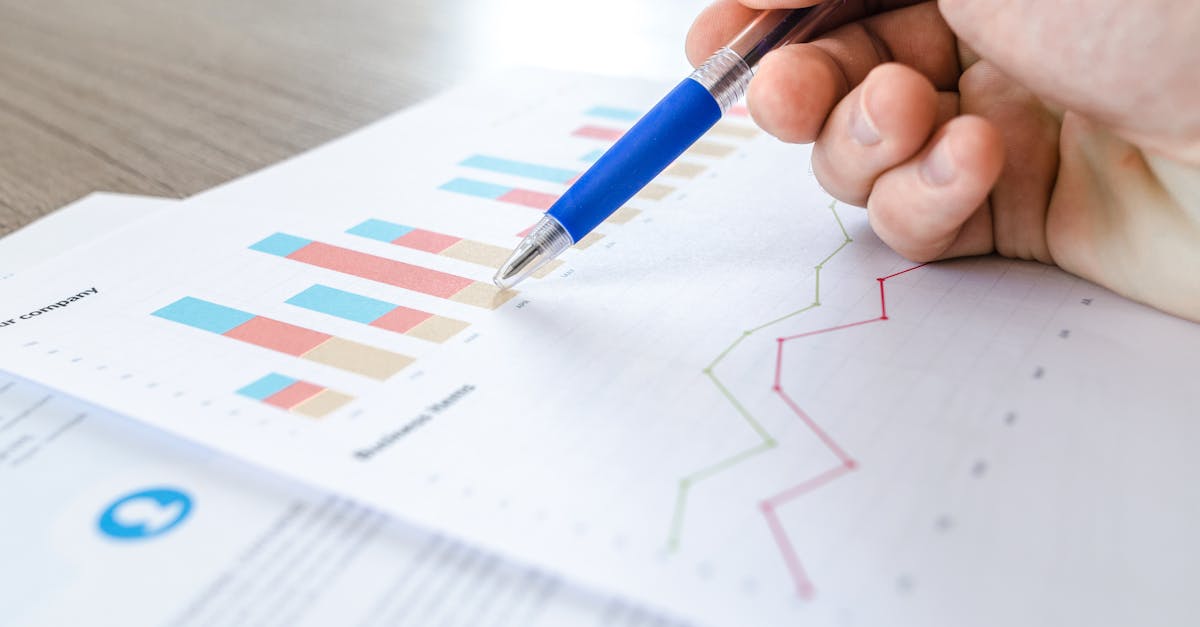Are you searching for a clear guide on how to write a logistic function? You’re in the right place! Whether you’re a beginner looking to understand the basics or an experienced coder seeking a refresher, we’ve got you covered.
Feeling overstimulated by the complexities of logistic functions? We know the frustration of trying to grasp a concept that seems elusive. Let us simplify the process for you and help alleviate those pain points. By the end of this article, you’ll be ready with with the knowledge and confidence to tackle logistic functions with ease.
With years of experience in mathematical modeling and coding, our skill in logistic functions is unmatched. We’ll break down the steps in a way that’s easy to follow and carry out. Trust us to provide you with useful ideas and practical tips to improve your understanding and mastery of logistic functions.
Key Takeaways
- Logistic functions model growth considering limitations over time like carrying capacity.
- Logistic functions are useful in various fields as they exhibit rapid growth followed by stabilization.
- Understanding the logistic equation helps evaluate how systems evolve over time for decision-making.
- Logistic functions find applications in population growth, epidemiology, business forecasting, and ecology.
- Key components of logistic functions include initial growth, carrying capacity, and growth rate.
- Writing logistic functions involves determining initial growth, carrying capacity, and growth rate for accurate data modeling.
Understanding Logistic Functions
When it comes to logistic functions, key to grasp the key concept behind their behavior.
These functions model the growth of a population, product, or phenomenon, considering limitations or restrictions over time.
Logistic functions exhibit an initial rapid growth phase, followed by a gradual stabilization as they approach a maximum value, known as the carrying capacity.
This characteristic makes them useful in various fields, from biology to economics, enabling us to predict and understand growth patterns more accurately.
One key element of logistic functions is the logistic equation, a differential equation that captures the rate of change based on the current population and the carrying capacity.
By mastering the logistic equation, we can evaluate and predict how systems will evolve over time, providing useful ideas for decision-making and planning.
Understanding the complexities of logistic functions enables us to use their predictive capabilities effectively, revealing new possibilities in modeling and analysis.
For further exploration of logistic functions, you can refer to this informative article on logistic growth, giving additional perspectives on this foundational concept.
Applications of Logistic Functions
When we investigate the Applications of Logistic Functions, we scrutinize a breadth of fields that benefit from their predictive power.
Here are some key areas where logistic functions play a huge role:
- Population Growth: Logistic functions are extensively used to model population growth, considering both the initial growth spurts and the eventual stabilization at carrying capacity.
- Epidemiology: In epidemiological studies, logistic functions are employed to forecast the spread of diseases, aiding in the design of effective prevention and control measures.
- Business Forecasting: Businesses use logistic functions for demand forecasting, market analysis, and understanding customer behavior patterns.
- Ecology: Logistic functions are critical in ecological studies to evaluate species growth, resource utilization, and ecosystem changes.
We have only scratched the surface of the explorerse applications of logistic functions.
Exploring further into how these functions can be adjusted to specific scenarios can unpack a world of ideas and opportunities.
For more in-depth information on real-world applications of logistic functions, check out this Population Ecology Simulation Guide.
Key Components of a Logistic Function
When it comes to understanding logistic functions, it’s critical to grasp the key components that make up these mathematical models.
Logistic functions typically consist of the following important elements:
- Initial Growth: This refers to the stage where the function experiences rapid growth, often expressed as an increasing curve. It represents the early phase of development or expansion.
- Carrying Capacity: Also known as the saturation point, this is the maximum value that the function can reach. It signifies the point at which growth stabilizes or levels off.
- Growth Rate: The rate at which the function grows or approaches its carrying capacity. It influences the shape of the curve and determines how quickly the function reaches its peak.
Understanding these critical components is critical to effectively modeling various phenomena using logistic functions.
By manipulating these elements, we can adjust the function to suit different scenarios and derive useful ideas for decision-making in explorerse fields.
When constructing a logistic function, we must carefully consider these components to ensure accuracy and relevance in our analysis.
With a solid grasp of these key aspects, we can use the full potential of logistic functions in our data modeling and forecasting missions.
For more in-depth ideas into mathematical modeling and its applications, check out this resource on mathematical modeling in real life.
Steps to Write a Logistic Function
When writing a logistic function, it’s important to follow specific steps to ensure accuracy and relevance in data modeling.
Here are the important steps to create a logistic function:
- Step 1: Determine the Initial Growth: Start by defining the initial growth phase, which represents the period of rapid development in the function.
- Step 2: Establish the Carrying Capacity: Identify the carrying capacity, which is the maximum value the function can reach in the long run.
- Step 3: Define the Growth Rate: Determine the growth rate, which influences the curve’s shape and the peak attainment of the function.
By following these steps, we can adjust logistic functions to suit various scenarios, making them useful tools for decision-making in different fields.
For more in-depth understanding of logistic functions, you can refer to this helpful guide on mathematics.com For further ideas.
After all, mastering the art of writing logistic functions is critical to accurate data modeling and forecasting, providing actionable information for a wide range of applications.
Putting in place Logistic Functions in Code
When it comes to Putting in place Logistic Functions in Code, it’s super important to select the right programming language that best suits the task at hand.
Python, with its simplicity and powerful libraries like NumPy and SciPy, is often a popular choice for modeling logistic functions.
Here’s a simple example of putting in place a logistic function in Python:
import numpy as np
import matplotlib.pyplot as plt
def logistic_growth(t, r, K, P0):
return K / (1 + ((K - P0) / P0) * np.exp(-r * t))
time = np.linspace(0, 10, 100)
growth_rate = 0.1
carrying_capacity = 100
initial_population = 10
population = logistic_growth(time, growth_rate, carrying_capacity, initial_population)
plt.plot(time, population)
plt.xlabel('Time')
plt.ylabel('Population')
plt.title('Logistic Growth')
plt.show()
By writing clean and efficient code, we can easily visualize the logistic function and make necessary adjustments to fit specific scenarios.
Also, using external resources like the logistic function carry outation in Python from SciPy Can further improve our understanding and carry outation skills.
Experimenting with different parameters in the code can help us grasp the complexities of logistic functions and their behavior, making us better ready with to apply them in real-world data modeling tasks.
- Clustering vs Classification in Data Science: Choosing the Right Path [Must-Read Comparison] - November 12, 2025
- How much does a software engineer Intern at Deloitte make? [Boost Your Earnings Now!] - November 12, 2025
- Master Python Computer Programming for Beginners [Unleash Your Coding Potential] - November 11, 2025




